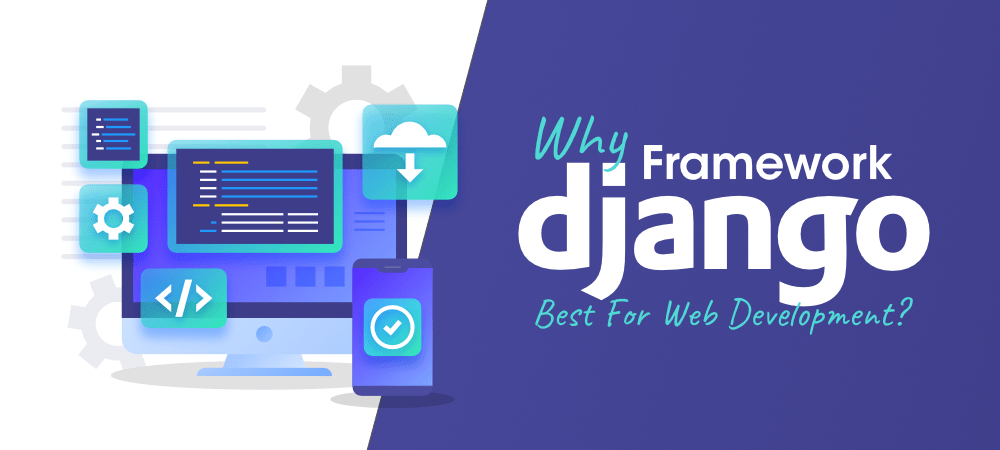Index Surge: Amplifying Your Insights
Stay updated with the latest trends and news across various industries.
Django Development: The Secret Sauce Behind Web Apps
Discover the hidden gems of Django development and unlock the secrets to building dynamic web apps that stand out from the crowd!
Understanding Django ORM: Mastering Data Management in Web Apps
Django ORM (Object-Relational Mapping) is a powerful tool that simplifies data management in web applications built using the Django framework. It allows developers to interact with their database using Python code instead of SQL queries, which not only speeds up the development process but also makes it easier to maintain and manage changes to the database schema. With Django ORM, you can create, retrieve, update, and delete records in your database using a consistent and intuitive API, ultimately helping you focus more on the logic of your application rather than the complexities of database interaction.
To truly master Django ORM, it's essential to understand its core features such as querysets, managers, and model inheritance. Querysets allow you to build complex database queries with just a few method calls. For instance, the ability to filter, order, and aggregate data efficiently means that developers can implement robust functionalities without extensive SQL knowledge. Additionally, utilizing managers provides a way to encapsulate common queries, promoting code reusability and cleaner code architecture. By leveraging these features, developers can create more efficient and scalable web applications.

Common Django Development Pitfalls and How to Avoid Them
Django is a powerful web framework that simplifies the development process, but developers often encounter common pitfalls. One of the most significant issues is poor database management. Inappropriately defining models or queries can lead to performance bottlenecks. To avoid this, always utilize Django's query optimization tools like select_related and prefetch_related to reduce the number of database queries. Additionally, regularly analyzing and refining your database schema is crucial for maintaining efficiency.
Another frequent mistake in Django development is neglecting to implement proper security measures. This includes inadequate handling of user authentication and permissions. It’s essential to leverage Django's built-in features such as the AuthenticationMiddleware and PermissionsMixin. Furthermore, ensure that sensitive data is protected by encrypting it and conducting regular security audits. By adopting these practices, developers can safeguard their applications against potential threats and vulnerabilities.
How to Build a RESTful API with Django: A Step-by-Step Guide
Building a RESTful API with Django can be a rewarding experience, allowing you to create a robust backend for your applications. To get started, ensure you have Django and Django REST framework installed in your environment. You can do this using pip with the command: pip install django djangorestframework. Once the installation is complete, create a new Django project by running django-admin startproject projectname, and navigate into the project directory. Next, start your app with python manage.py startapp appname, where you will define your models and business logic.
After setting up your project and app, it's time to define your models. Edit the models.py file in your app and create a model for the resource you want to expose through your API. For example, if you're creating a simple blog API, you might define a Post model with fields like title, content, and created_at. After defining your models, run python manage.py makemigrations followed by python manage.py migrate to create the necessary database tables. Next, create a serializer by adding a serializers.py file in your app. This will help you convert model instances to JSON format, making it easier for clients to interact with your API.